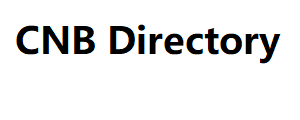Tomlinson in 1971. It was a simple message sent to himself using the ARPANET network. ARPANET was the precursor to the modern-day internet and was develope by the United States Department of Defense. At that time, email was primarily use for communication between researchers and scientists.
In the 1980s, the use of email began to spread beyond the scientific community. Companies began to use email to communicate with customers and clients. However, email was not yet an effective marketing tool. Spam was prevalent, and there were no regulations or guidelines for sending marketing emails.
The First Email Marketing Campaign Is Widely
Considered to have been sent by Gary Thuerk in 1978. Thuerk was a marketer at Digital Equipment Corporation (DEC), and he sent a mass email promoting DEC’s newest computer to 400 users on ARPANET. While Thuerk’s email was not particularly well-receive, it was the beginning of a new era in marketing.
In the 1990s, the World Wide Web began to gain popularity, and email became more accessible. Marketers saw the potential of email as a marketing tool and began experimenting with ways to use it effectively. In 1993, the first clickable Founder Email Lists banner ad was create, and in 1995, the first email service provider, Hotmail, was launch. Hotmail made it easy for anyone to create and send emails, and it quickly became one of the most popular email services in the world.
The Late 1990s Saw the Rise of Email Marketing
We know it today. Email service providers such as Constant Contact and Mailchimp emerged, offering businesses a way to create and send professional-looking emails to their customers. The CAN-SPAM Act was pass in 2003, establishing guidelines and regulations for commercial emails.
Email marketing continued to evolve throughout the 2000s. Social media emerged as a new marketing channel, and marketers began to integrate social CNB Directory media into their email campaigns. Personalization and segmentation became more important as businesses sought to deliver more relevant content to their customers.

